 Tess Gerritsen left a
successful practice as an internist to raise her children and
concentrate on her writing. She gained nationwide acclaim for her first
novel of medical suspense, the New York Times bestseller Harvest. She is
also the author of the bestsellers Life Support, Bloodstream, Gravity, and The Surgeon. Tess lives with her family in Maine. (PHOTO CREDIT: Paul D'Innocenzo) --as appeared her blog.
Tess Gerritsen left a
successful practice as an internist to raise her children and
concentrate on her writing. She gained nationwide acclaim for her first
novel of medical suspense, the New York Times bestseller Harvest. She is
also the author of the bestsellers Life Support, Bloodstream, Gravity, and The Surgeon. Tess lives with her family in Maine. (PHOTO CREDIT: Paul D'Innocenzo) --as appeared her blog.
How does a writer come up with a thriller climax that truly thrills? Here was my advice over at ITW’s website:
On the surface, writing the thriller climax seems easy. You just put
your hero in danger and throw in some bad guys chasing him in a spooky
locale. Hero gets cornered, death seems imminent, and he either saves
himself or gets saved by the cavalry. A big-stakes action scene should
do the trick and get readers’ hearts racing, right?
Not necessarily. An effective thriller climax isn’t all about action,
which can in truth be pretty boring. I first came to this insight while
watching a James Bond film, and realized that the car chase was going
on too long and I wanted to get on with the plot. The scene itself
wasn’t revealing anything to me except crashed cars and broken bodies,
and since you already knew the hero would survive, I wasn’t feeling
particularly thrilled.
So what does make a climax thrilling? Tension. This is not merely
action; it’s the fear and adrenaline that precedes the horrible thing
you know is coming. The longer you can draw out that tension, the longer
you sustain that sense of imminent jeopardy, the more thrilling the
scene. I think of it as slowly blowing up a balloon bigger and bigger,
waiting for it to pop. One trick I use is to have several crises
building at once, involving multiple characters. Intercut between these
scenes. Leave each scene with a mini-cliffhanger or a question begging
to be answered. Don’t get to the blood-and-guts too soon, or the balloon
will pop and you’ll lose that tension.
 The Big Reveal makes the climax even more thrilling. It’s the
surprise that your hero never saw coming, the shock that makes a reader
suck in a startled gasp. In my medical thriller HARVEST, after a
desperate struggle, the heroine is strapped to an operating room table,
about to be sliced open. She’s reached what you think is her darkest
moment … until the surgeon walks in. He’s not just any villain; he’s the
man she loves. It’s not the action or the violence that a reader will
remember; it’s that heart-stopping moment of ultimate betrayal. Give
your Big Reveal an emotional punch, and the climax will be far more
powerful. It can also be your way to explain parts of the mystery that
are otherwise unknown to the hero/reader. Not a stilted “as you know,
Mr. Bond” conversation, but a dropping of clues through dialogue or a
sudden insight on the hero’s part.
The Big Reveal makes the climax even more thrilling. It’s the
surprise that your hero never saw coming, the shock that makes a reader
suck in a startled gasp. In my medical thriller HARVEST, after a
desperate struggle, the heroine is strapped to an operating room table,
about to be sliced open. She’s reached what you think is her darkest
moment … until the surgeon walks in. He’s not just any villain; he’s the
man she loves. It’s not the action or the violence that a reader will
remember; it’s that heart-stopping moment of ultimate betrayal. Give
your Big Reveal an emotional punch, and the climax will be far more
powerful. It can also be your way to explain parts of the mystery that
are otherwise unknown to the hero/reader. Not a stilted “as you know,
Mr. Bond” conversation, but a dropping of clues through dialogue or a
sudden insight on the hero’s part.
The Rescue wraps up the action. It can mean either self-rescue by the
plucky hero or a rescue by outside agents. My own preference is to not
draw this out. Make the rescue happen, make it quick, and end the scene
in another page or two. The tension’s now gone, so don’t linger too long
over your spent balloon. Move on to the final scenes.
Friday, October 12, 2012
Home »
author advice
,
Novel Writing
,
novelist
,
Writer Advice
,
Writing Books
,
Writing Help
,
writing thrillers
» Tess Gerritsen ~ Writing the Slam-Bam Thriller Climax
Tess Gerritsen ~ Writing the Slam-Bam Thriller Climax
Friday, October 12, 2012
author advice, Novel Writing, novelist, Writer Advice, Writing Books, Writing Help, writing thrillers
4 comments




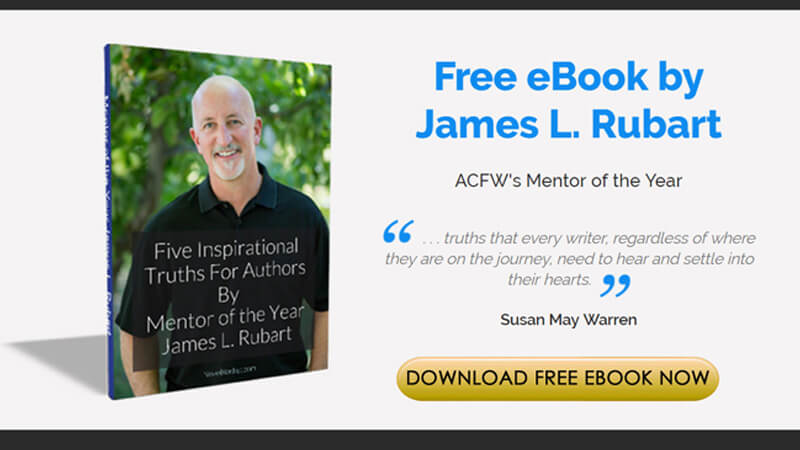



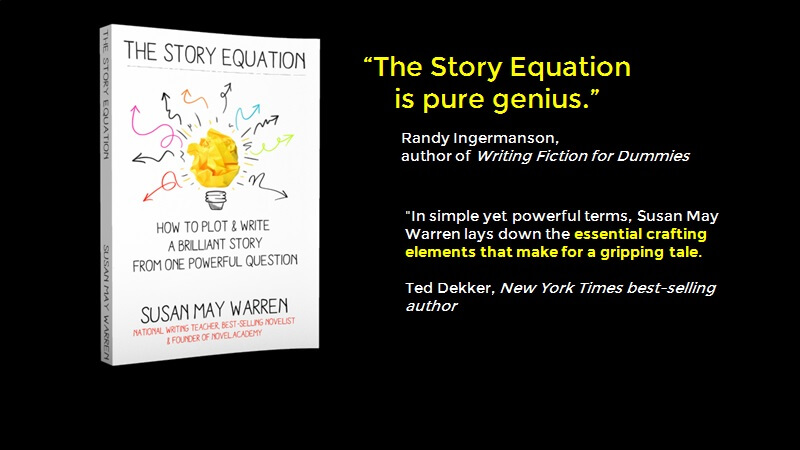
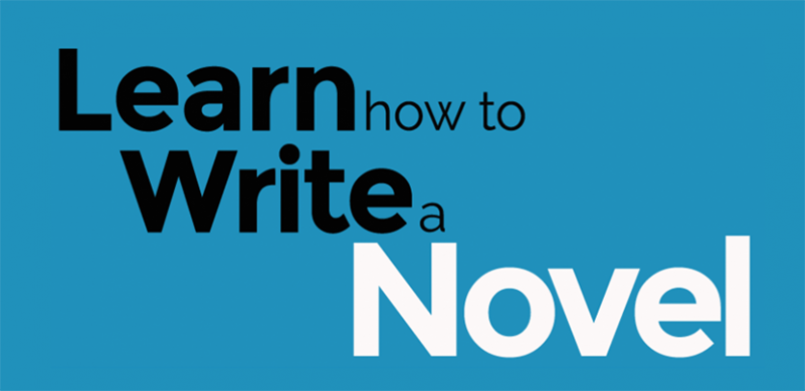


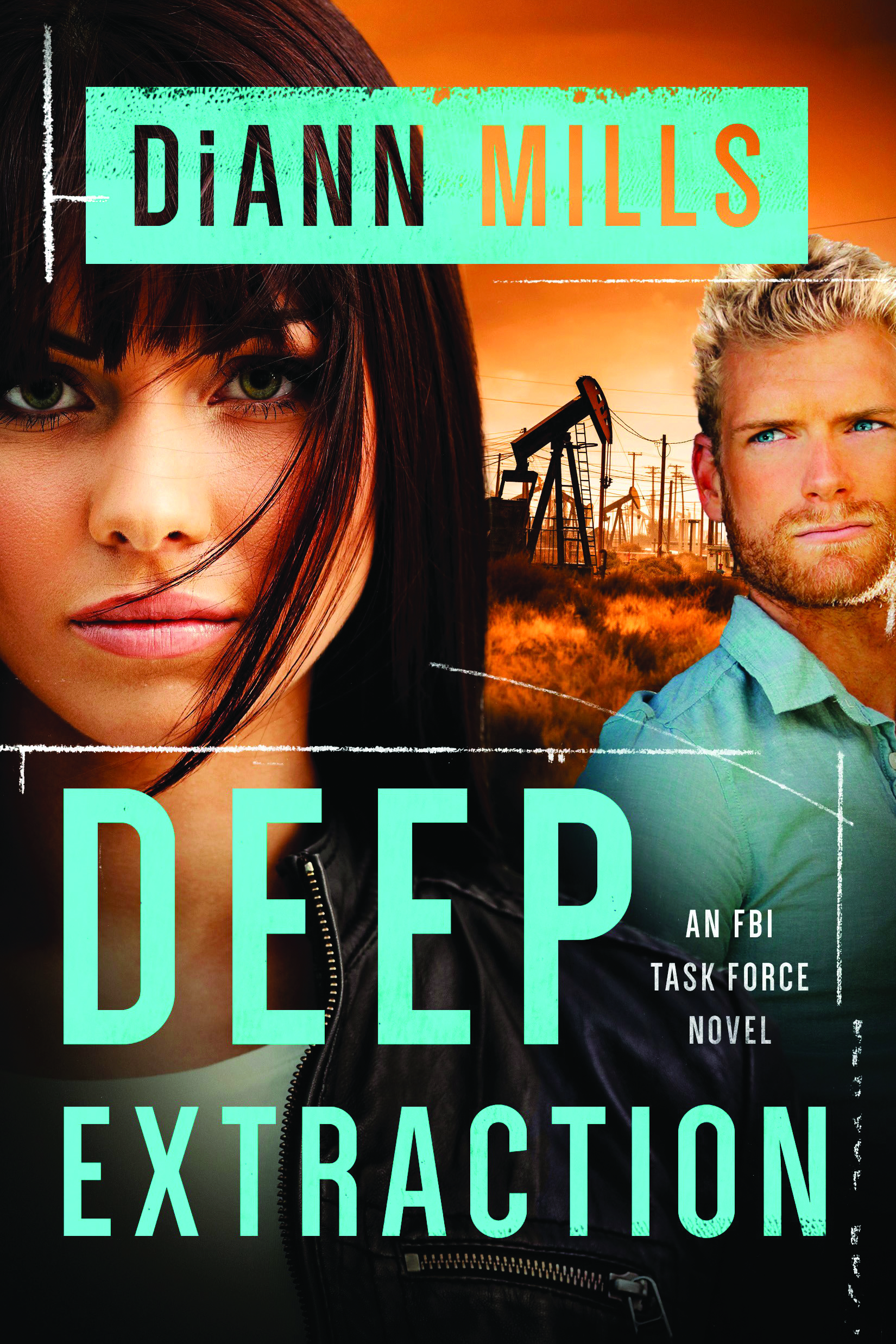
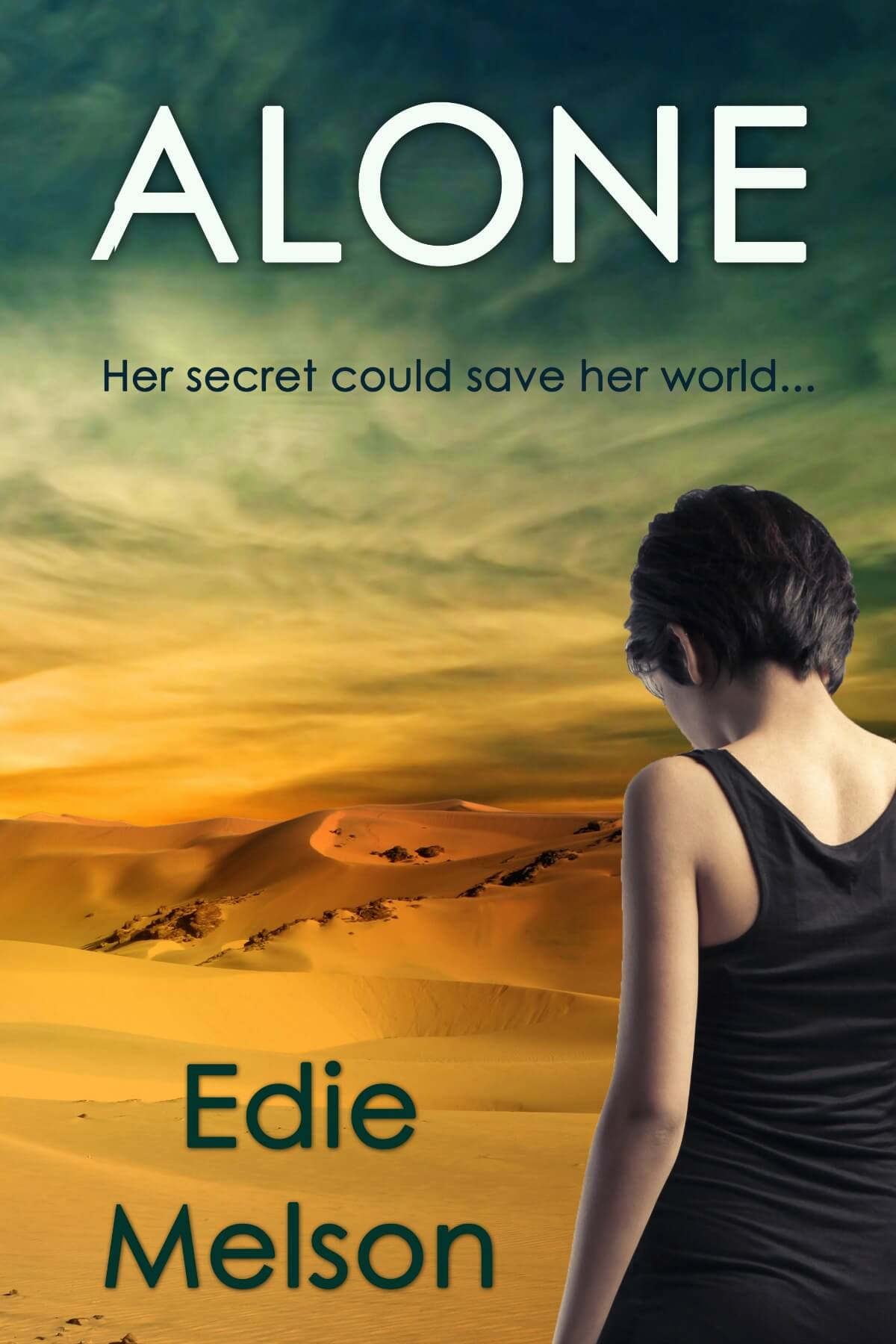









Brilliant advice! Tweeting this. I'm working on a suspense novel and I loved the idea of having two tense scenarios going on at once! (And I might know which James Bond flick you're referring to--I think I fell asleep in that one).
ReplyDeleteYou're writing a suspense, Heather?? What big news! Can't wait to hear more! And lol about the James Bond--a lot of them make me fall asleep, actually.
DeleteGreat advice. Thanks. I think how we end is as important as how we begin. One draws readers into the one book and the other draws readers into the next. So even if we aren't writing thrillers we need to have that high tension in the climax.
ReplyDeleteBull's eye! The plot threads have to be laid down at the beginning, woven throughout the middle to create a strong, credible real-seeming world & come together in an inevitable, inescapable climax.
ReplyDelete